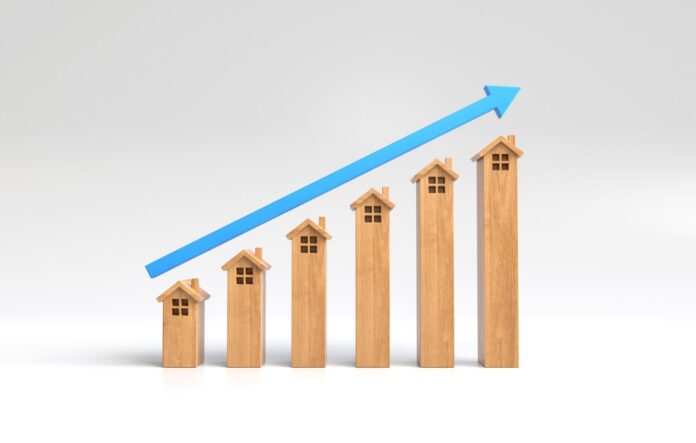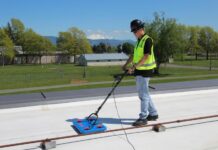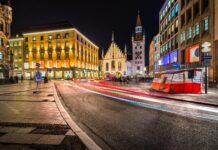Despite repeated government efforts to moderate property prices, Singapore’s real estate market continues to show impressive resilience. Over the past decade, price growth has remained steady, reflecting a combination of strong fundamentals and global demand.
While new regulations have slowed speculative buying, they haven’t reduced the appetite for quality homes in prime locations. Developments such as River Modern demonstrate how demand for well-designed, centrally located properties remains strong even amid tighter policies.
1. Strong Economic Fundamentals and Limited Land Supply

Singapore’s property market is deeply rooted in economic stability. The nation’s strong GDP growth, political consistency, and high employment rates create confidence among both local and foreign buyers. People see property not just as shelter but as a long-term investment backed by a solid economy.
A key factor behind rising prices is Singapore’s limited land supply. As an island nation, space is finite, and every new project must balance development with sustainability. This scarcity ensures that well-located properties remain valuable assets that are resistant to major price declines.
Even with cooling measures like higher stamp duties and stricter loan limits, underlying demand remains healthy. Homebuyers understand that property in Singapore is one of the few tangible investments that preserves value across generations.
2. Ongoing Demand from Affluent Locals and Foreign Investors

Cooling measures may have slowed speculative flips, but they have not deterred genuine demand. Singapore’s affluent population continues to grow, and many households view property ownership as a key symbol of success and security.
Additionally, foreign investors remain drawn to Singapore for its stability, transparency, and global connectivity. Projects like River Modern attract buyers seeking a safe, long-term base in Asia’s financial capital. These developments combine design excellence, convenience, and lifestyle appeal—qualities that consistently drive demand.
Foreigners from China, Indonesia, and Europe continue to invest in Singapore despite higher taxes because of the country’s strong currency, political safety, and consistent returns. The city’s reputation as a “safe haven” for wealth ensures a steady inflow of capital even during uncertain global conditions.
3. Quality, Innovation, and Lifestyle Continue to Drive Value

Another reason prices remain elevated is the evolution of Singapore’s housing standards. Today’s buyers expect homes that integrate technology, sustainability, and comfort. Developers respond with innovative designs and smart-living features that elevate property value.
High-end developments now include energy-efficient systems, luxury amenities, and architectural flair that appeal to a new generation of buyers. Riverfront projects, in particular, continue to command a premium because they combine modern convenience with scenic living.
Properties such as River Modern show that Singapore’s market is not just about speculation—it’s about long-term livability. When a development offers true value through design and experience, buyers remain willing to pay a premium, even under regulatory pressure.
As the city continues to modernize, this focus on quality will keep demand steady and support price resilience across market cycles.
Conclusion
Singapore’s real estate market continues to defy expectations because its strength is built on genuine demand, sound policies, and a culture of quality. Limited land, economic confidence, and lifestyle appeal make property ownership both a privilege and a reliable investment.
Developments such as River Modern capture this enduring appeal—combining innovation, sustainability, and design excellence that transcend short-term market trends. Even as cooling measures persist, Singapore’s real estate remains one of the most secure and rewarding investments in the world.











